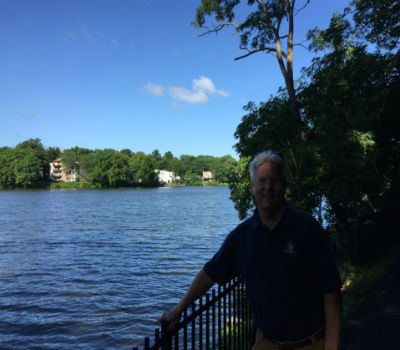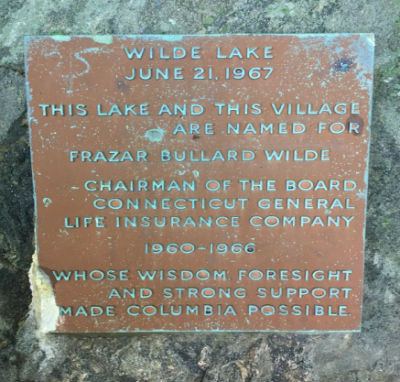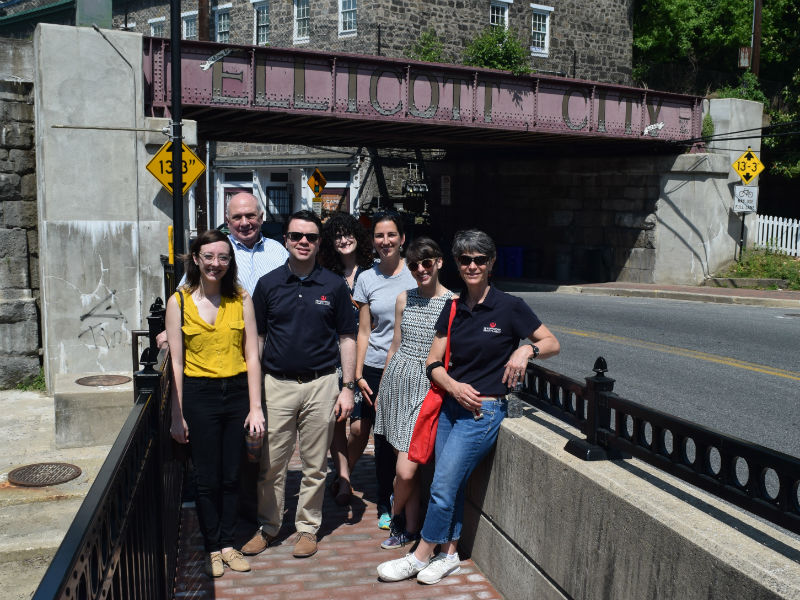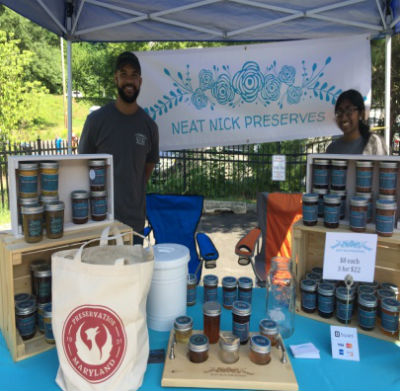The journey through Maryland history continues for Diane Caslow, Vice President of our Board of Directors! Last month, she explored Howard County and she concentrated the adventure on Columbia, celebrating it’s 50th anniversary this year, and Ellicott City, just about one year into it’s flood recovery. Head to Howard County:
DIANE’S TRAVELOGUE:
Columbia is a planned community with ten neighborhoods and street names taken from arts and literature. It was developed by Jim Rouse, considered a champion of urban renewal and apparent dislike of suburban sprawl. Instead he wanted to build a “small city from scratch that would be a garden for growing people.” At the outset Columbia was built with four guiding principles:
- “Build a complete city,
- respect the land,
- provide for the growth of people and
- make a profit.”
COLUMBIA AT 50 YEARS OLD
We wanted to explore this planned community on its fiftieth anniversary. Our adventure started at Whole Foods to grab coffee. Although we like to find the local coffee shop on our trips, we had to begin with the iconic building that Whole Foods now occupies, as example of adaptive reuse. The building was the Rouse Company headquarters, designed by Frank Gehry in 1969.
We snapped our picture with Jim Rouse, or at least the statue of him and his brother, along Lake Kittamaqundi – that’s American-Indian for “meeting place”. We explored the oldest neighborhood, Wilde Lake, built in 1967 with a mix of mid-century modern architecture and an inviting walking path along the lake.
We also wanted to see what we could find of pre-Columbia.
Oakland Manor, a Federal-style 1810 manor house, was considered the most important land purchase that Jim Rouse made to assemble the land to build Columbia. It was a 350 acre property and was used by Rouse as his first headquarters. We then went on a search for Woodlawn, which proved fruitless, as we could not find any roads to lead us there. We found the last historic home on our list, Dorsey Hall, standing at the entrance of an office park. These properties, carving out a parcel for the historic homes, were part of amassing the land needed to create the Columbia of today. From our quiet Saturday morning peek, they stood regally, and as legacies for the communities surrounding them that took their names.
EXPLORING ELLICOTT CITY
We headed north from Columbia to Ellicott City, established in 1772, so just about 195 years between the founding of Columbia and Ellicott City. I had no idea that the flood last year was just one of fourteen recorded floods! “The town is prone to flooding from the Patapsco River and Tiber Creek…devastating floods in 1817, 1837, 1868, 1901, 1917, 1923, 1938, 1942, 1952, 1956, 1972 Hurricane Agnes, 1975 Hurricane Eloise, 1989, 2011 and 2016. On July 30, 2016, a storm dropped six inches of rain in two hours on the city. The resulting flash flood caused severe damage in historic Ellicott City, especially along Main Street.”
- Preservation Maryland staff in Ellicott City, 2017.
- Neat Nick Preserves at a Ellicott City farmers market, 2017.
We found a lively farmers market going on, with some great vendors, including [Be] Blends candles and Neat Nick Preserves, that in keeping with shop local, I did! We walked down Main Street, and saw some places still not yet returned, some in progress and others with the tenacity to adapt to their new circumstances. We talked with some of the store owners, the husband and wife original owners of Shoemaker Country, a custom furniture shop, who set up temporary shop while their store is being rebuilt, and the owner of Cottage Antiques, who are hopeful as the city continues in its recovery. Little French Market was a great place to grab some lunch and no adventure is complete without chocolate. Sweet Cascades Chocolatier provided the fix I needed; dark chocolate dipped sponge candy! As Ellicott City has suffered and rebuilt after floods for 200 years, it appears that they are on that road again.
It is hard to believe but we are a third of the way through our journey through Maryland! Next Month is Dorchester County.
COUNTY-BY-COUNTY INSTALLMENTS
- November 2016: At World’s End in Cecil County
- December 2016: Washington County Bridges
- December 2016: Anne Arundel for a Capital Christmas
- February 2017: Winter Walk in Wicomico County
- March 2017: African-American History in Prince George’s County
- March 2017: Main Street March Madness in Caroline County
- April 2017: Horses and Hounds Byway through Baltimore County
- May 2017: Riding the Rails through Allegany County History




